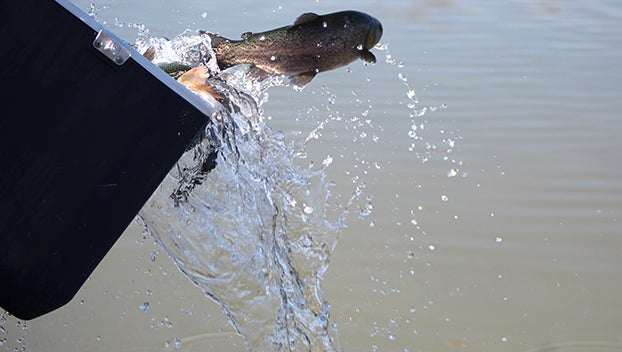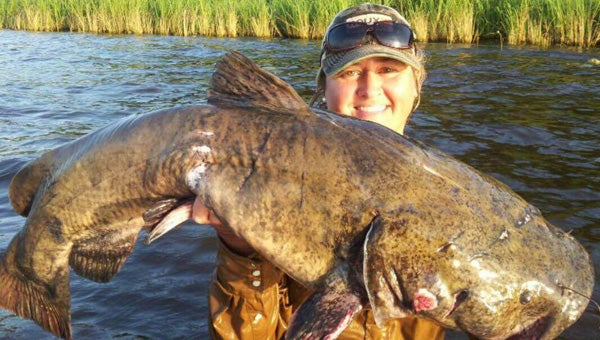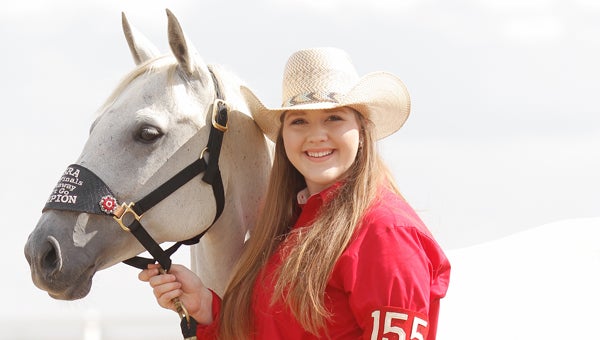All we need is 5 more degrees
Published 12:01 am Sunday, January 19, 2014
We are still feeling the negative effects in the fishing world of the polar vortex we experienced late last year.
That cold blast of air knocked the area lakes surface temperature down to what I think was a record low for late December in this area. I fished water as cold as 43 degrees just after that weather system.
The coldest water I have ever fished locally was 39 degrees back in 1982 or so, but that was in late January. The extreme cold air has slacked up some with these sunny days, but the few degrees in water temperature gained during the day is lost during these cold nights.
Today, on average, the surface water temperature is about 48 degrees and warming to maybe 52-53 by mid-afternoon on the public lakes. Smaller waters like farm ponds and barrow pits will be a bit warmer, and that is where the best fishing is at.
Many people do not realize what a change of only five degrees in water temp will do to fish. If we were to gain five degrees this coming week, the fishing would be great next weekend simply because over the past few weeks, the water was so cold, the bass and perch (on some lakes) were very lethargic.
At 55 to 56 degrees, both the bass and white perch will enter the pre-spawn mode. They will not move extremely shallow or move into the spawning flats and coves at 55 degrees, but the fish will be actively feeding to put on weight so they can survive the stress of spawning.
On man-made reservoirs, some fishermen and ladies call this time period “staging.” The fish will be near the spawning areas, but holding in deep water near thick cover eating the shad, bream or whatever comes near the fish that is small enough to swallow.
There is no better time to catch huge slab white perch and trophy bass than the staging season. The fish weigh more than they will all year with the extra body fat and egg sacks.
The factor that is so different in this area as compared to others is we only have two man-made reservoirs that offer flooded creek channels, feeder creeks, ledges, ridges and the feeder creek to main creek underwater intersections.
Right now on Okhissa Lake in Franklin County and the small lake at the Natchez State Park (our only two reservoirs nearby), the fish are apparently in the creek channels because all of the reports I heard from shallow and semi shallow water fishermen were not very good.
The fish in these two reservoirs are Florida species bass, and Florida bass do not tolerate cold water as well as our native northern largemouth bass. On the Louisiana side of the big river, the landlocked oxbows are producing some fish, but it is not easy. Just don’t expect many strokes and when you get a bite, you better put it on the boat because bites will be few, but the size is usually larger than average.
January is ticking on by, and it won’t be long before we enter the big fish month of February. Normally early February is the best time, but who knows what it will be like this year.
Rumor has it that we will have another polar vortex sweep down from up north with yet another blast of unusual weather for us.
If so, we will certainly have a late bass and perch spawn this year.




